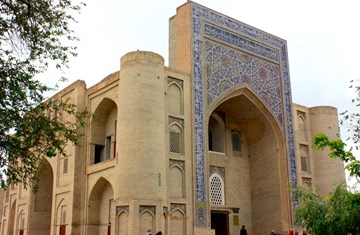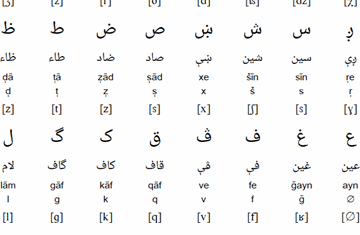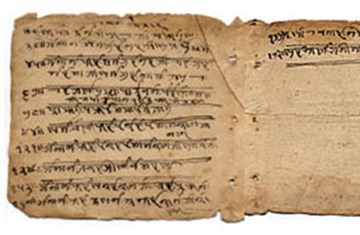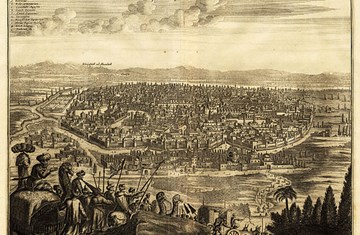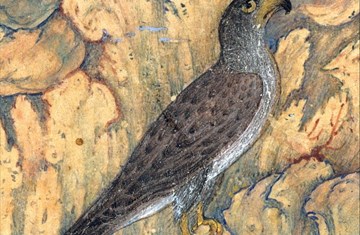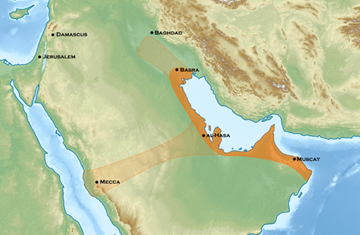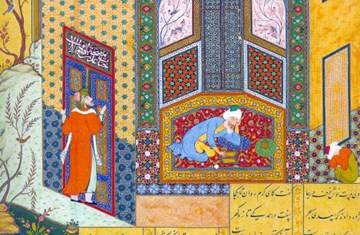Satr
Satr, “concealment”, a term used in a variety of senses, particularly by the Isma‘iliyya.
The Isma‘ilis originally used it in reference to a period in their early history, called dawr al-satr, stretching from soon after the death of Imam Ja‘far al-Sadiq in 148/765 CE to the establishment of the Fatimid state in 297/909 CE.
The Isma‘ili imam, recognised as the qa’im or mahdi by the majority of the early Isma‘ilis, was out of the public domain (mastur) during this period of concealment; in his absence, he was represented by hudjdjas (see Ja‘far b. Mansur al-Yaman, Kitab al-Kahf, ed. R. Strothmann, London 1952, 98-9; al-Shahrastani, 146). Later, the Isma‘ilis of the Fatimid period, who allowed for continuity in their imamate, recognised a series of three such imams between Imam Muhammad b. Isma‘il b. Ja‘far, their seventh imam, and Imam ‘Abd Allah al-Mahdi, founder of the Fatimid dynasty (see H.F. al-Hamdani, On the genealogy of Fatimid caliphs, Cairo 1958, text 11-14).
Author

Dr Farhad Daftary
Co-Director and Head of the Department of Academic Research and Publications
An authority in Shi'i studies, with special reference to its Ismaili tradition, Dr. Daftary has published and lectured widely in these fields of Islamic studies. In 2011 a Festschrift entitled Fortresses of the Intellect was produced to honour Dr. Daftary by a number of his colleagues and peers.


